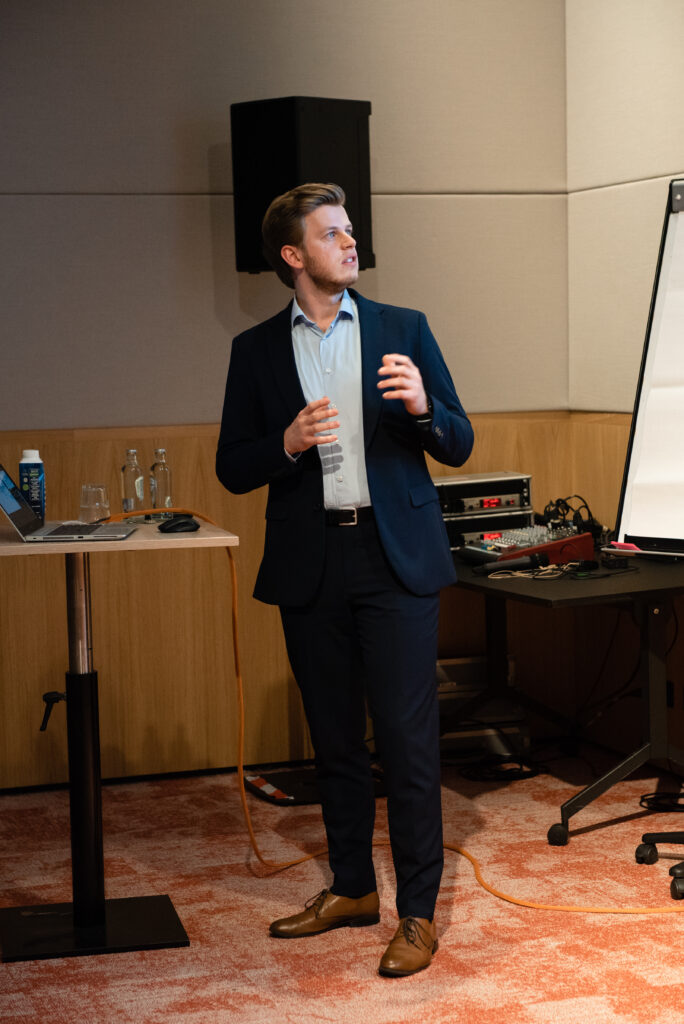Ruben Bosch
ING
Self-exciting Point Process in Expected Shortfall Backtesting

The slides shown at the event can be found here.
With FRTB around the corner, regulators and banks look for ways to assess the performance of expected shortfall (ES) models – the main element of the internal models approach for calculating market risk capital requirements. However, established ES backtests suffer from low power and require assumptions on the return distribution. In this talk, I present my newly developed SEPP ES backtest that incorporates a self-exciting point process (SEPP) to allow for a more natural and flexible way of measuring time dependence across tail observations. The novel SEPP ES backtest only requires returns and reported VaR and ES. The backtest achieves higher power than existing backtests in a multitude of settings and requires no assumptions on the return distribution.
Ruben is a model validator in the trading book risk model validation unit at ING. He joined the bank in 2022 after the completion of his double-degree master program of Econometrics, Operations Research & Actuarial Studies and China & the World Economy.
